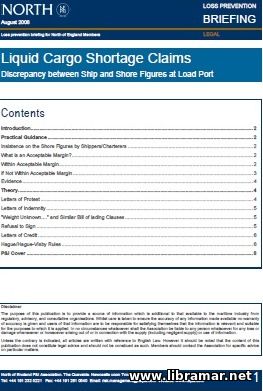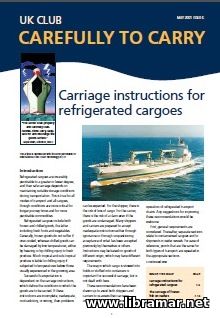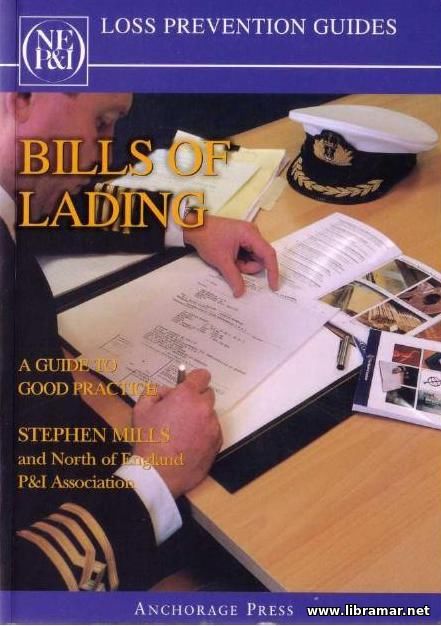
The present briefing is intended to provide all interested parties with the general thoughts and required guidance relating to the dealing with the discrepancies between vessel and shore figures at a port of loading and on the utilization of the protest letters in such circumstances. The content of the publication comprises of the practical guidance followed by the fundamental theoretical information.
The practical guidance starts with the explanation of the insistence on the shore figures by the shippers and charterers. The major issue for the Masters when their vessel and shore figures are not matching during the loading of the liquid cargo is to make a decision on whether he could issue a truly honest bill of lading, i.e. the one not deceiving the receivers of the cargo into thinking that they are getting something that the vessel is not actually able to deliver.
The vitally important decision for the Master in these cases is to decide if the discrepancy lies within the acceptable margin. If so, then either of the figures can be correct. Issuing the bill of lading with the figures known to be false or the ones where the Master does not believe in their truth, would mean issuing a dishonest bill of lading. And, the definition of the acceptable margin varies from one loading to another, according to the particular circumstances and facts...


